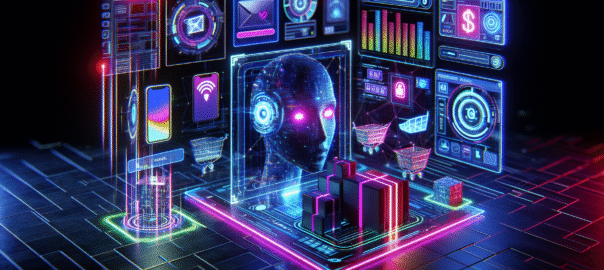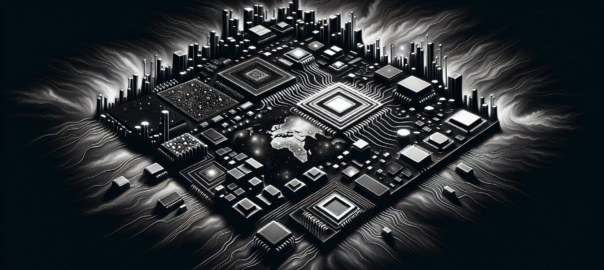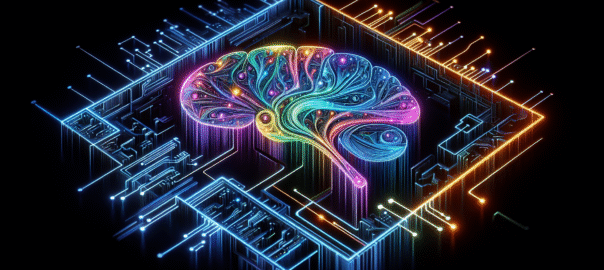Search image on Google just got a mind-blowing upgrade you won’t believe!
AI image generation is transforming how we discover and create visual content. In a fascinating evolution, AI technologies are revolutionizing search capabilities, making visual discovery more intuitive and intelligent than ever before.
As a tech enthusiast and musician, I’ve always been fascinated by how technology can reshape creative experiences. When I first experimented with AI image generation, I was like a kid in a candy store – blown away by the ability to conjure visual worlds from mere text prompts!
Nano Banana Pro: Revolutionizing Search Image on Google
Google’s latest breakthrough, Nano Banana Pro, represents a quantum leap in image generation technology. This cutting-edge model offers unprecedented control over visual creation, allowing users to generate high-resolution images with remarkable precision.
The model boasts impressive capabilities, including generating 2K and 4K images, maintaining object and person consistency, and integrating web searching functionalities. Professionals can now control camera angles, scene lighting, depth of field, and color grading with unprecedented granularity.
Pricing for Nano Banana Pro varies from $0.139 for 1080p images to $0.24 for 4K images, reflecting its advanced capabilities. The model can blend up to 14 objects within a single image and maintain resemblance for up to five people.
Notably, Google is rolling out this technology across multiple platforms, including the Gemini app, Notebook LM, and various Google Workspace tools. The integration of SynthID technology also ensures transparency in AI-generated content.
Search Image on Google: AI Visual Consulting Platform
Imagine a startup that offers personalized AI image generation consulting for businesses. This platform would help companies leverage Nano Banana Pro’s capabilities to create custom visual content, optimize brand imagery, and develop unique marketing materials. Revenue would come from consultation fees, custom image package subscriptions, and training workshops.
Unleashing Your Creative Potential
Are you ready to transform how you discover and create images? The future of visual exploration is here, and it’s more exciting than ever. Share your thoughts, experiment with these new tools, and let your creativity soar to unprecedented heights!
Quick AI Image FAQ
Q1: What is Nano Banana Pro?
A: Google’s advanced image generation model with high-resolution capabilities and web searching features.
Q2: How much does it cost?
A: Prices range from $0.139 for 1080p to $0.24 for 4K images.
Q3: Can it maintain image consistency?
A: Yes, it can blend up to 14 objects and maintain resemblance for five people.



































































































